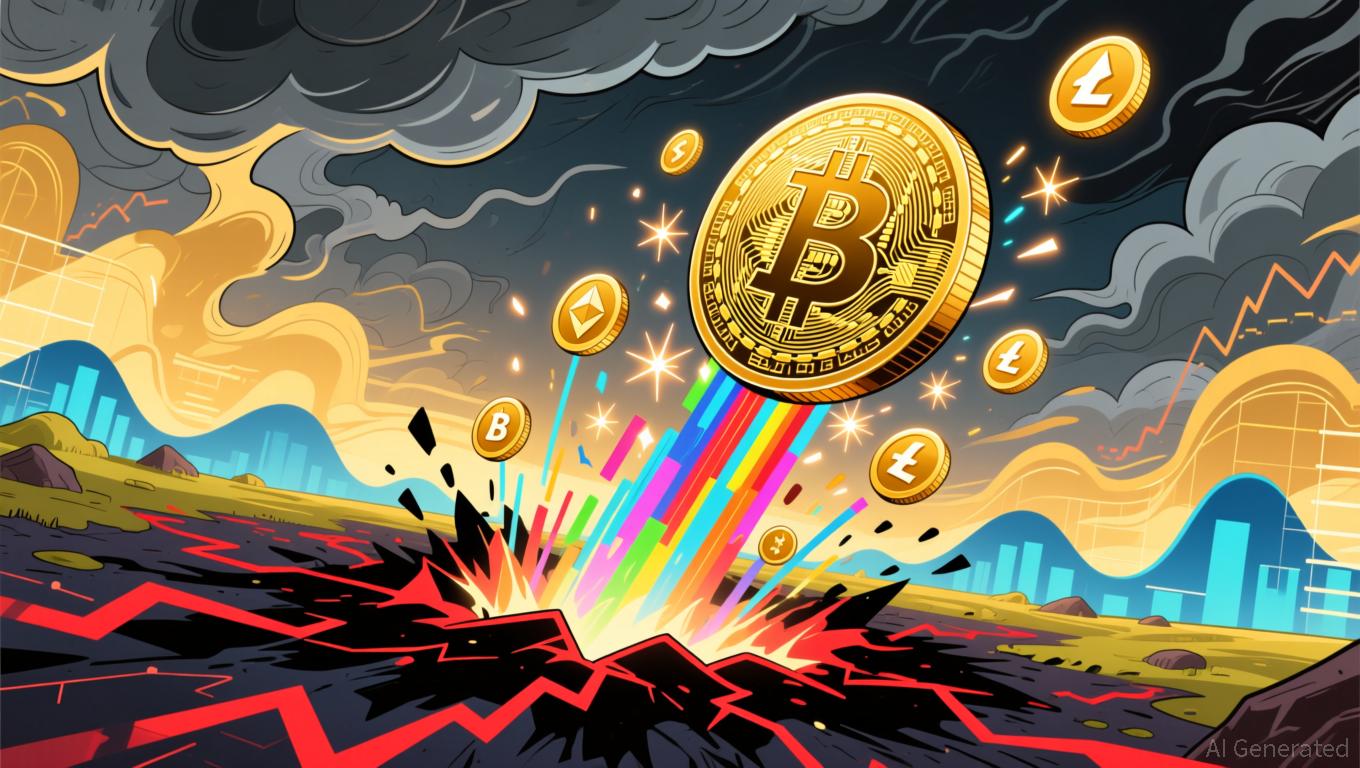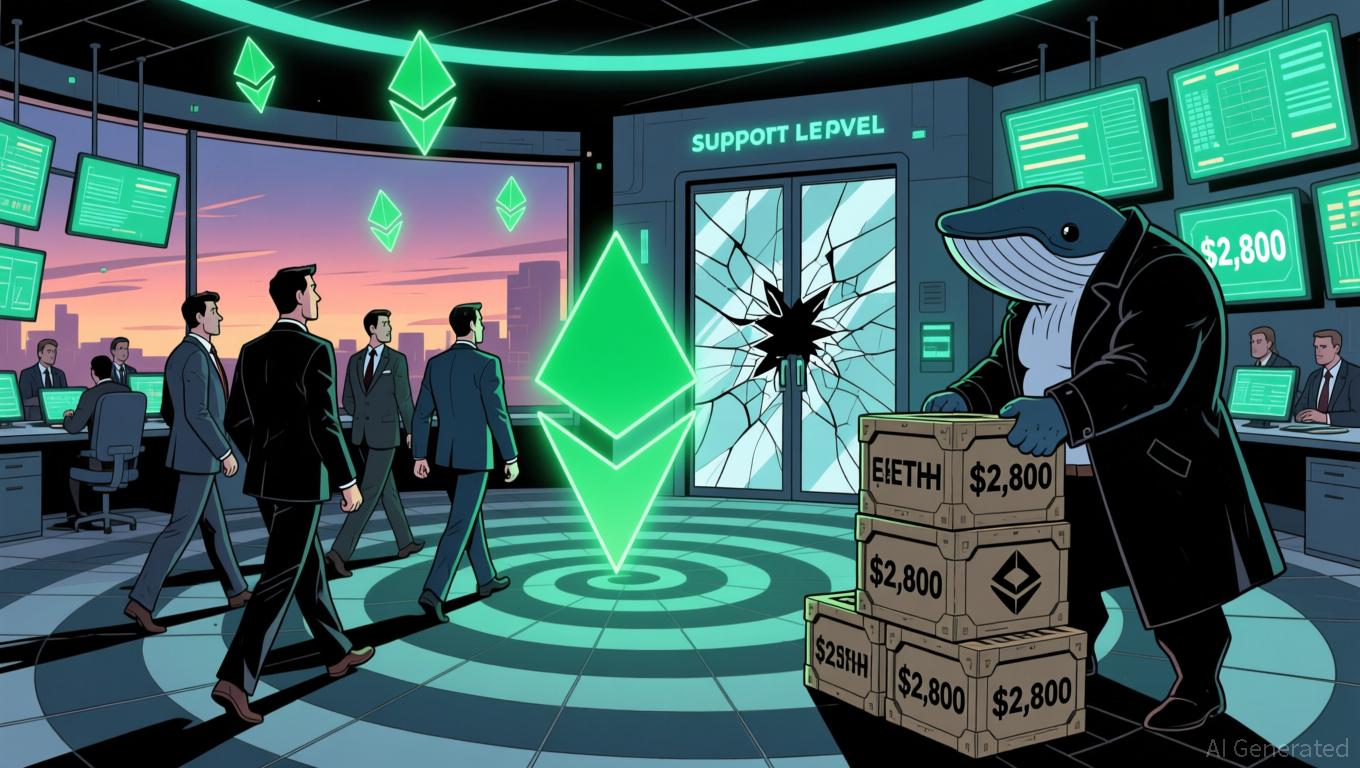ASEAN Power Grid: Bridging Divides to Achieve Regional Energy Integration
- The ASEAN Power Grid (APG) aims to unify Southeast Asia's fragmented energy systems by integrating renewable resources across borders, addressing surging demand and climate risks. - A $12.5B initial funding plan by ADB, World Bank, and ASEAN targets grid development, overcoming technical barriers like differing voltages and regulatory frameworks. - Energy storage and green hydrogen are critical for balancing variable renewables, with APG projected to boost connected capacity from 7.2GW to 33.5GW by 2037.
The ASEAN power grid project has become a cornerstone in Southeast Asia’s move toward a greener energy landscape, as regional authorities and international organizations unite around the goal of tapping into the area’s abundant renewable resources. The International Energy Agency (IEA) highlights the pressing need for action, pointing out that
The envisioned ASEAN Power Grid (APG) seeks to tackle these challenges by linking the region’s separate national grids into a unified system that can transmit renewable electricity across borders. According to the IEA,
A significant milestone was reached with a new funding program
The APG offers strong economic and environmental incentives. A connected grid could decrease dependence on unpredictable fossil fuel imports, help stabilize energy costs, and cut emissions. For example,
The worldwide market for battery energy storage systems is expected to hit $99.67 billion by 2033,
This transformation is backed by a comprehensive infrastructure strategy that incorporates energy storage and smart grid technologies. These advancements are vital for grid stability and for ensuring consistent power delivery throughout the region, even as renewable sources like wind and solar fluctuate.
The APG also supports broader decarbonization efforts, including the development of green hydrogen. The Asia-Pacific green hydrogen sector, estimated at $6.21 billion in 2025,
Some critics point to the APG’s $750 billion cost as a major obstacle, but supporters emphasize its long-term advantages: stronger energy security, lower emissions, and greater economic stability. For the 780 million people living in Southeast Asia, a modernized grid could drive sustainable industrial growth, enhance food security in the face of climate challenges, and help establish the region as a leader in clean energy.
Disclaimer: The content of this article solely reflects the author's opinion and does not represent the platform in any capacity. This article is not intended to serve as a reference for making investment decisions.
You may also like
Bitcoin Updates: Federal Reserve's Softer Stance and ETF Investments Drive Bitcoin's Recovery to $91,000
- Bitcoin surged above $91,000 in December 2025 as Fed rate-cut odds hit 70%, driven by dovish signals and ETF inflows reversing outflows. - Technical indicators showed oversold RSI levels and seller exhaustion, while altcoins like XRP/ZEC jumped 7.7%-17% amid $2.95T market cap growth. - Institutional flows favored Solana ETFs and altcoin products, but MSCI's crypto exclusion policy sparked backlash from advocates like Michael Saylor. - Retail fear metrics and $605M liquidations highlighted fragility, yet

Ethereum Updates Today: Institutional Investments Rise While Prices Remain Flat: The Challenge of Ethereum's Potential Breakout
- Ethereum's MVRV Z-Score (0.29) signals potential buying opportunities amid prolonged accumulation and institutional ETF inflows. - Retail investors reduced exposure while whales (10K+ ETH) accumulated, contrasting with $92M ETH ETF inflows on Nov 24. - BlackRock's staked ETH ETF filing threatens DATs' opaque fee models as ETH price struggles to reclaim $2,800 despite technical buildup. - Divergent ETF flows ($88M ETHA inflow vs. $53M outflow) highlight market volatility, with analysts eyeing $9K breakout

Stablecoins Solidify Their Position as the Foundation of Global Finance, Surpassing Conventional Powerhouses
- A 214M USDT transfer highlights stablecoins' growing role as global finance's backbone, surpassing traditional payment giants. - VCI Global's $50M OOB token accumulation underscores institutional confidence in Tether-aligned ecosystems for merchant adoption. - Tether's $180B USDT circulation and $12T+ 2023 volume reflect structural adoption in cross-border payments and settlements. - Stablecoin growth challenges traditional intermediaries while Oobit's platform incentivizes real-world commerce adoption t
Character.AI's Interactive Storytelling AI Seeks to Disrupt the Cycle of Teen Addiction
- Character.AI replaces open-ended chatbots with "Stories," a choose-your-own-adventure AI feature for teens to mitigate mental health risks and regulatory pressures. - The new feature restricts unrestricted AI conversations for under-18s, offering structured narratives with user-driven choices and visual storytelling. - Legal challenges and California's AI companion regulations intensify scrutiny, as critics warn of unresolved risks like parasocial addiction and emotional manipulation. - Mixed user reacti
